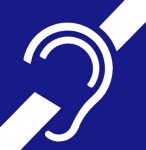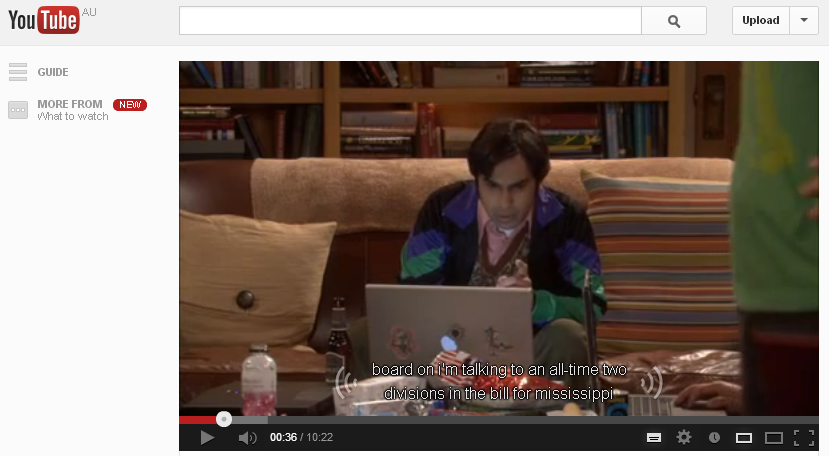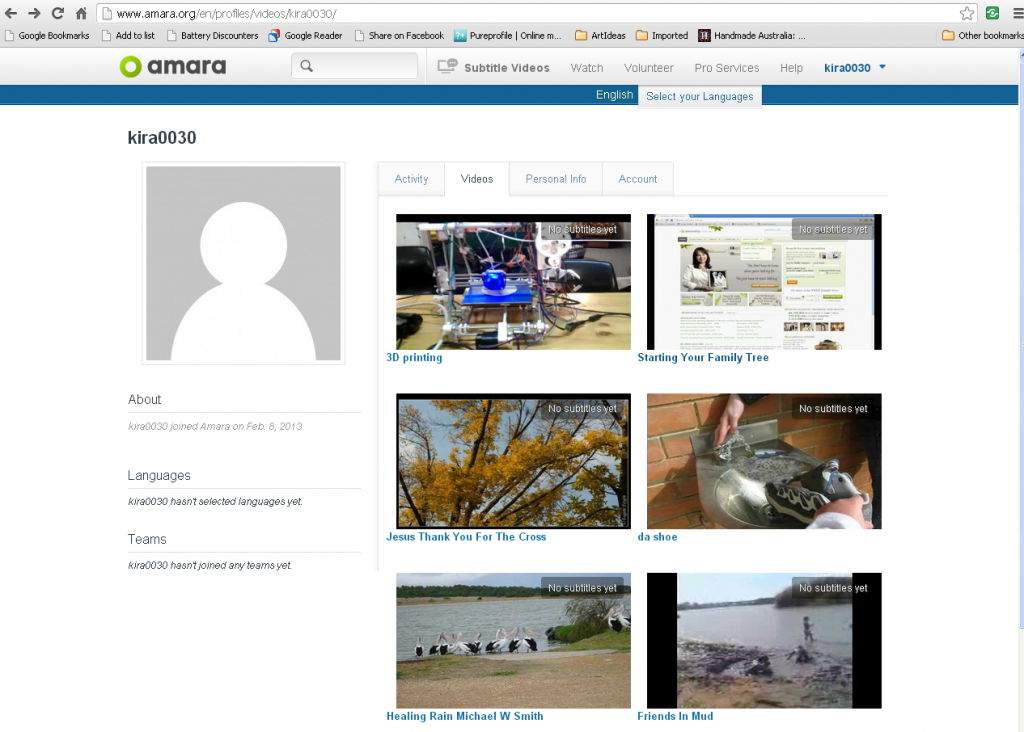Day Three

International Symbol for Deafness
Unfortunately in his keynote talk John Kitzmiller spent most of his time reading from the big screen instead of the smaller one next to him on the podium. I’m sorry John but I can’t lip read your ear! The convention centre’s audio people tried to compensate however it wasn’t enough. When he finished his on screen presentation he faced the audience and spoke directly into the microphone which was great!!
I don’t want these posts to sound like a whinge session. I am sharing from the point of view of a person with a hearing impairment in the hope that those who read this will think about what I’ve said the next time they’re organising conferences or talks or speaking in public.

Names of records in various countries
This will be handy for researching my German ancestors. It shows the names of genealogical records in German also French and Japanese.

John's list of top records to use
As well as listing the records available on FamilySearch.org John spoke about the Oral Histories recorded by the LDS church which are here: http://histfam.familysearch.org/oralhistories/oral_index.php I’ve listened to a couple today but the recording quality was poor. I hope that was only for the ones I chose. This is a fascinating area of genealogy which I hadn’t given much though to. I asked John about Indigenous Australian genealogies being recorded but they haven’t started a project here yet.
Colleen Fitzpatrick – Forensic Genealogy
Colleen’s talks were my favourite of the whole Congress!! I bought her book Forensic Genealogy which she signed for me. The picture below is of one of Colleen’s photo quizzes, the audience had to work out what medical condition was suffered by one of the people in the photo. I happened to pick what it was because I know several people who have had strokes. The older woman in the middle at the front has had a stroke and is partially paralysed. There are more quizzes on Colleen’s website.

Ergot is a fungus which grows on rye (see picture below) In the 1600s in Alsace, the village of Colleen’s ancestors, it was abundant. So much so that it caused the women to have miscarriages and stillbirths for over ten years. It was also responsible for the Salem Witch Trials in that some people suffering from ergotism experienced convulsions and were thought to be witches.

Sue Reid – Online Newspapers For Research
Sue was well spoken so there were no hearing/understanding issues. She gave lots and lots of free online newspaper websites to search. Here are some which I noted. I haven’t got the urls for lots of them but they shouldn’t be too difficult to find.
Australian Periodical Publications 1840 – 1845
Nambour Chronicle
Victorian Government Gazettes 1836 – 1997 at the State Library of Victoria
Gale News Vault at the National Library of Australia
Irish Newspaper Archive
Genuki – http://www.genuki.org.uk/big/Newspapers.html United Kingdom & Ireland newspapers
Cyndi’s List newspapers
Wikipedia – list of online newspaper archives
Google – news.google.com/newspapers
Newcastle Morning Herald
The Argus (separate from what’s on Trove)
Nick Reddan’s Irish Newspapers
Vicki Eldridge – Keynote Talk – Find My Past
Vicki was extremely well spoken!! I only made a couple of notes in this talk and now that I’m reading back over them they don’t make a lot of sense, oh well, I’ll have to do better next time.









